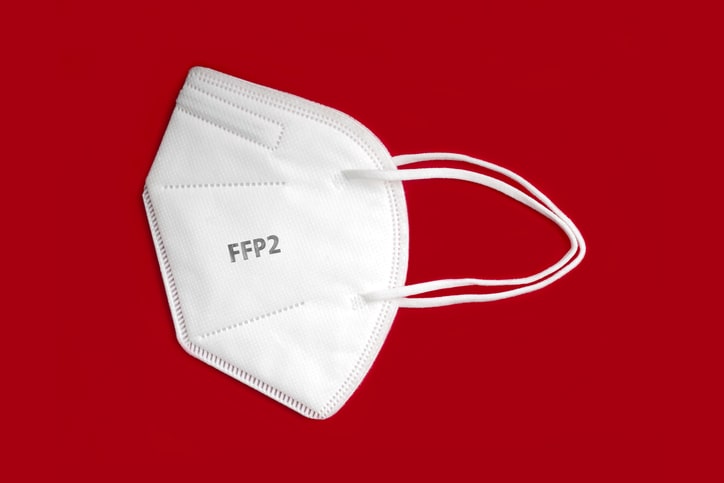
In patients with advanced chronic kidney disease (CKD), there is an association between lower health-related quality of life (HRQoL) and increased risk of mortality. For older adults with CKD, symptoms such as pain, fatigue, and cognitive impairment (described as geriatric syndromes) negatively affect function and reduce the ability to execute daily tasks. These geriatric syndromes may be a potential target for interventions aimed at improving HRQoL, with the ultimate goal of improving clinical outcomes.
Christine K. Liu, MD, and colleagues performed a secondary analysis of data from a parallel-group randomized controlled clinical trial examining the cross-sectional and longitudinal associations of geriatric syndromes with HRQoL in older adults with CKD. Results of the analysis were reported online in Kidney 360.
The analysis included data from the Aerobics, Weights, and Renal Disease Study that evaluated a 12-month intervention in adults ≥55 years of age with CKD stage 3b-4. Participants were assessed for baseline geriatric syndromes (cognitive impairment, poor appetite, dizziness, fatigue, and chronic pain) as well as diabetes, hypertension, coronary artery disease, cancer, or chronic obstructive pulmonary disease. HRQoL was assessed with the Short Form Health Survey-36 (SF-36), EuroQol 5-Dimensions 5-Level (EQ-5D-5L), and the EuroQol Visual Analogue Scale (EQ-VAS). Multiple linear regression was used to examine the cross-sectional and longitudinal associations of geriatric syndromes and medical conditions with HRQoL.
The cohort for the current analysis included 99 patients. Mean age was 68.0 years, 25.3% were women, and 61.6% were Black. Mean estimated glomerular filtration rate was 33.3 mL/min/1.73 m2. Sixty-seven percent of the cohort had 12-month HRQoL data available. The two randomization groups (exercise intervention and health education) were similar in baseline characteristics (all P<.05).
At baseline, 73% of the overall cohort had cognitive impairment, 53% had fatigue, and 49% had chronic pain. The mean number of geriatric syndromes was 2.0. Three participants had zero baseline geriatric syndromes. Ninety-three percent had hypertension, 59% had diabetes, and 30% had cardiovascular disease. The mean number of medical conditions was 2.1. Sixty-two percent of the participants had two or more geriatric syndromes, and 49% had at least two geriatric syndromes and at least two medical conditions concurrently.
There were significant associations between the number of geriatric syndromes at baseline and scores in the SF-16 domains for general health and role limitations because of physical health, physical functioning, EQ-5D-5L, and EQ-VAS (all P values <.05). The number of medical conditions was associated only with the baseline scores on the SF-36 domains for role limitations because of physical health, physical functioning, and EQ-5D-5L.
When the model included both geriatric syndromes and medical conditions concurrently, the association between the number of geriatric conditions and all HRQoL outcomes remained significant. However, the number of medical conditions was only associated with the SF-36 physical functioning domain. Participants with two or more geriatric syndromes consistently had the lowest least square mean values for scores on the SF-36 for general health and role limitations because of physical health and physical functioning (all P values <.05).
Sixty-seven participants had complete 12-month follow-up assessments; the remaining 32 were lost to follow-up, study drop out, or inability to complete follow-up testing. There were no differences in any of the 12-month changes in the HRQoL scores in univariate comparison by randomization strata. In multivariable models assessing associations between geriatric syndromes and medical conditions and 12-month changes in HRQoL, there were no associations between the number of geriatric syndromes, the number of medical conditions, and geriatric syndrome and medical conditions concurrently with any HRQoL scores.
The authors cited some limitations to the study, including the lack of specific criteria for geriatric syndromes, limiting the sample to patients with CKD stage 3b-4, and using only three SF-36 domains.
In summary, the researchers said, “Geriatric syndromes are highly symptomatic conditions and typically have a multifactorial etiology. Common examples are pain and fatigue, and many geriatric syndromes affect function. In this secondary analysis of a clinical trial with older adults with CKD stage 3b-4, we found that most persons concurrently had multiple geriatric syndromes and multiple medical conditions. We demonstrated that the number of geriatric syndromes was more likely to be associated with HRQoL, compared with the number of medical conditions. Given geriatric conditions focus on symptoms and their functional effect, clinically our results suggest that geriatric syndromes may be a way to address HRQoL in this population. Future studies of HRQoL in older adults with CKD should include assessments for geriatric syndromes. More research is needed to determine whether addressing geriatric syndromes improves HRQoL.”
Takeaway Points
- Researchers reported results of a secondary analysis of a trial evaluating a 12-month exercise intervention in individuals >55 years of age with chronic kidney disease (CKD) stage 3b-4.
- In that patient population, geriatric syndromes (cognitive impairment, poor appetite, dizziness, fatigue and chronic pain) were common and associated with poor health-related quality of life.
- Addressing geriatric conditions may aid in improving health-related quality of life in older adults with CKD.
Source: Kidney 360







 © 2025 Mashup Media, LLC, a Formedics Property. All Rights Reserved.
© 2025 Mashup Media, LLC, a Formedics Property. All Rights Reserved.